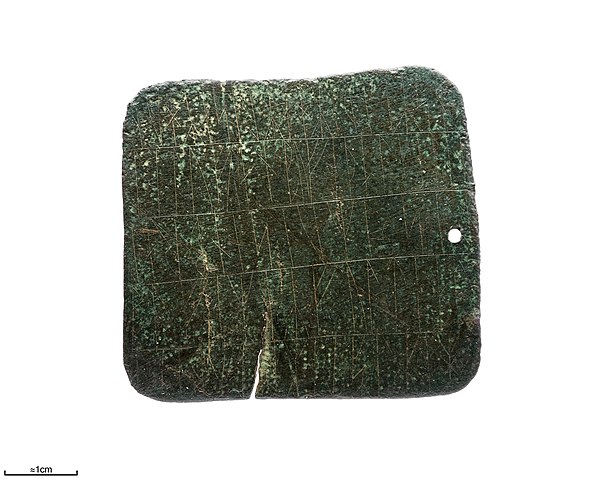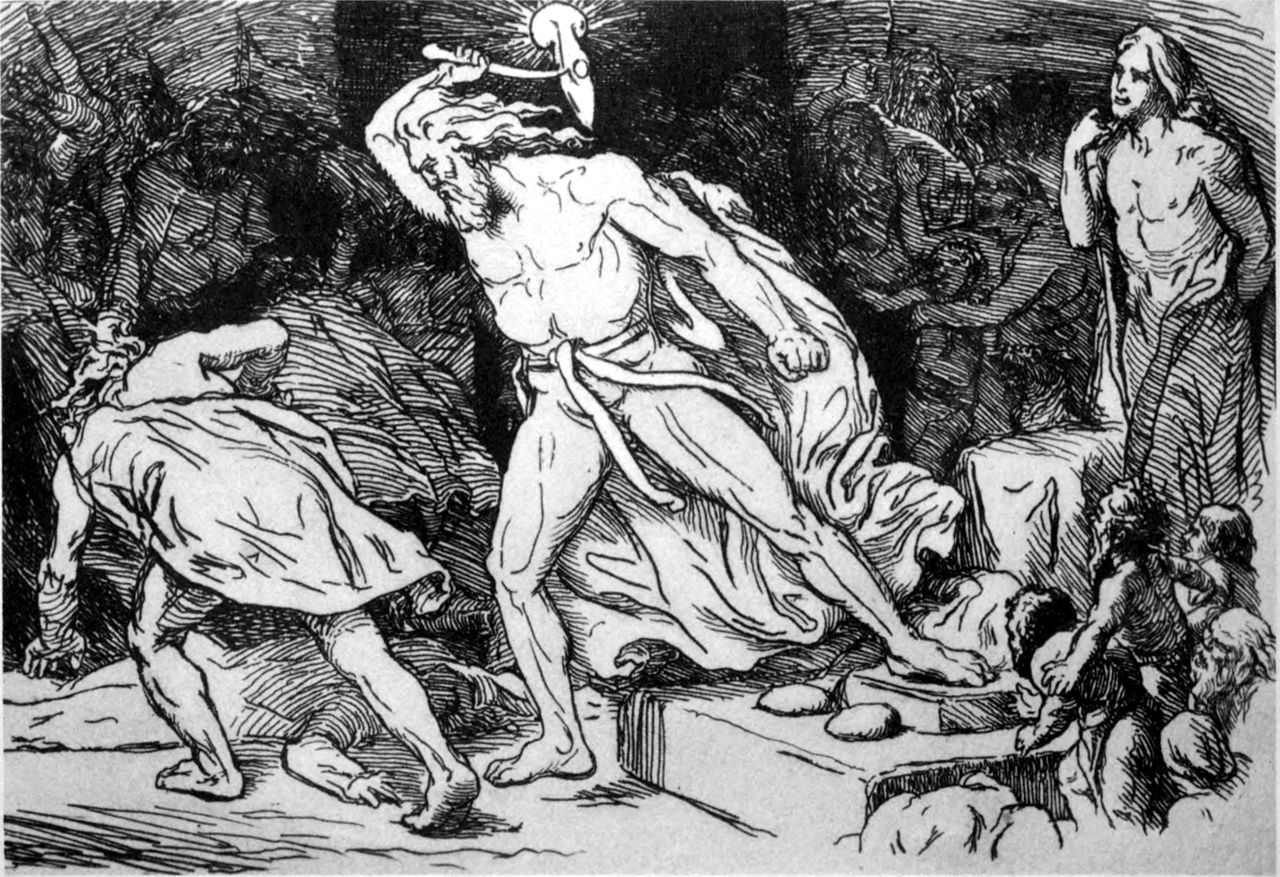While the power of Thor is mighty, his powers only intensify with his trusty hammer Mjölnir. Thor's hammer can slay any opponent and never miss. When thrown, it will always come back to him. It can kill enemies as big as giants.
Marvel movies get a lot right about Thor and Mjölnir; however, there are some things that they get wrong.
For instance, Thor isn’t the only one that can wield Mjölnir. In the Lokasenna (one of the poems of the Poetic Edda), there is a tale of how Thor’s hammer is stolen, and he dresses up as Freyja to retrieve it from a man that stole it in Jötunheim. It also gives Thor more powers than depicted in the MCU, but more on that a little later.
*Make sure to also check my article titled What did Marvel get right about Norse mythology?
How The Hammer Came About
Unsurprisingly, Thor’s hammer was a result of Loki’s intervention. Loki instigated a clash between two tribes of dwarves and wagered a bet with one tribe. He wagered his head if they couldn’t create the perfect gifts for the gods of Asgard.
So, the dwarves started to forge Thor’s hammer in a furnace that had to stay perfectly hot. If the temperature dropped, the Hammer would be ruined. Loki, noticing how perfect the hammer looked, intervened (as he often did). He transformed into a tiny mosquito and stung the dwarf working at the forge in the eye, and the hammer’s handle broke.
When the dwarves presented their gifts to the gods, Thor’s hammer (with the very short handle) reigned supreme. When the dwarf tried to cash in on his prize (Loki’s head), Loki said he could have his head if he could not damage his neck.
While his head was up for grabs, his neck was not. Odin warned the dwarf never to bet with a trickster, and Loki, the ultimate trickster, kept his head.

What Was Thor’s Hammer Made Of?
It may come as a bit of a letdown, but Thor’s hammer is made of iron. It’s not made from Uru (like in Marvel Comics) or any magical material.
The manufacturing process of Thor’s hammer is depicted in Snorri Sturluson’s Skáldskaparmál from the Prose Edda, and Snorri details more of the powers of the hammer rather than the materials used.
An even more disappointing realization is that Mjölnir wasn’t crafted in the core of a dying star, despite its reference in Thor: Ragnarok.
It was simply made in a forge that needed to maintain the perfect temperature that was, of course, thwarted by Loki. While Loki’s meddling affected the short handle, it did not affect its tremendous powers.
What Powers Does The Hammer Give To Thor?
Despite its humble makeup of iron in an elemental forge (and not a dying star), Mjölnir is mighty on and off the battlefield. It can slay any opponent and never miss. When thrown, it will always come back to him. It can kill enemies as big as giants.
The god of thunder’s hammer also possesses holy abilities and could be used to bring the dead back to life—no big deal. In a passage in the Prose Edda, there is an instance where Thor brings his goats back to life using Mjölnir. He cooks his pet goats, eats them to provide sustenance for this body, and then resurrects the goats the following day.
Yes, thanks to Mjölnir, Thor had immortal goats. That would have been a helpful ability in the MCUs Avengers: Infinity War or Age of Ultron.
Thor’s Hammer In Scandinavian Culture
In Scandinavian Viking culture, Thor and his hammer were found in depictions on amulets, hammer necklaces, and hammer pendants that provided protection.
The Kvinneby amulet, for example, has a written inscription asking Thor and Thor’s hammer for help and protection. While the necklace dates back to the 11th century, it wasn’t discovered until the 1950s in Sweden.

Kvinneby amulet is not the only artifact depicting Thor’s hammer as a physical symbol of protection. In fact, over 1,000 amulets, runes, necklaces, coins, and pendants were unearthed, representing Thor and his hammer.
What’s interesting about these representations of Thor and his hammer is that many of the findings were discovered in graves, and the majority of those graves were women.

